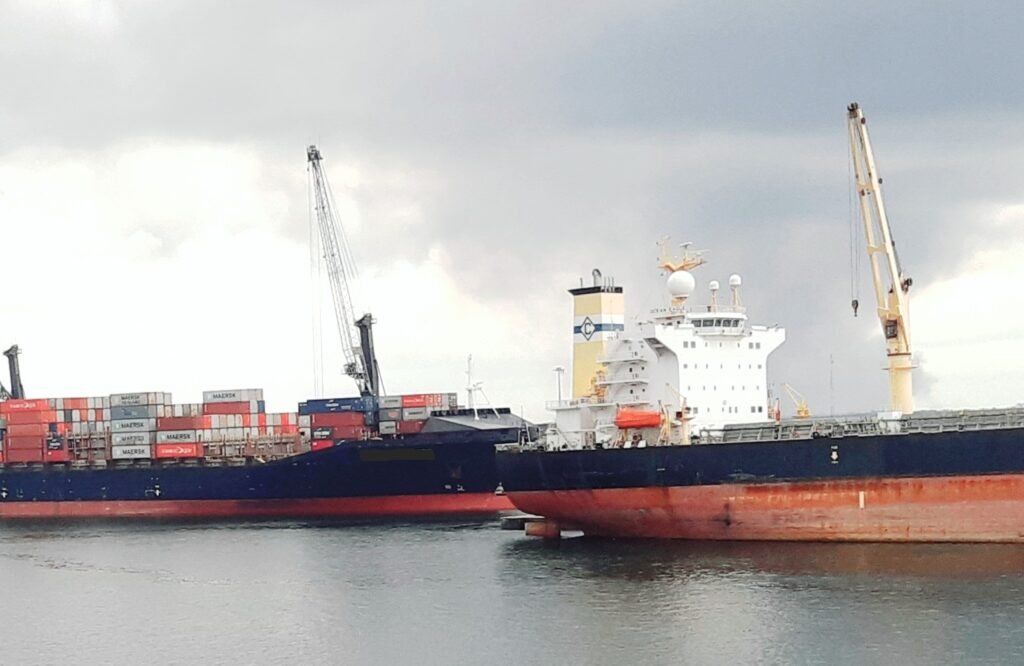
The global maritime industry is currently navigating through a complex landscape shaped by escalating trade tensions and protectionist measures. The United States has recently proposed significant tariffs and fees targeting Chinese-built and Chinese-flagged vessels.
The new proposal by the U.S. Trade Representative (USTR) includes a $1 million per U.S. port call fee on Chinese vessel operators and a $1.5 million fee per U.S. port call for Chinese-built vessels. The aim of the proposal is to impose fees on any ship docking at U.S. ports that are part of fleets including Chinese-built or Chinese-flagged vessels. This measure is being planned to boost US domestic shipbuilding and reduce China’s influence in global shipping.
These developments have introduced considerable uncertainty into global shipping markets. Clarksons, the world’s largest shipbroker, reported a significant impact on revenues due to geopolitical turmoil and trade tensions fuelled by these tariff policies. The company’s share price plunged nearly 20% as shipping rates have dropped since the beginning of 2025.
The United Nations Conference on Trade and Development (UNCTAD) has also highlighted vulnerabilities in global maritime routes, exacerbated by geopolitical conflicts and climate risks. Disruptions at key maritime chokepoints, such as the Suez and Panama Canals, have negatively impacted supply chains, leading to increased shipping distances.

Leave a Reply